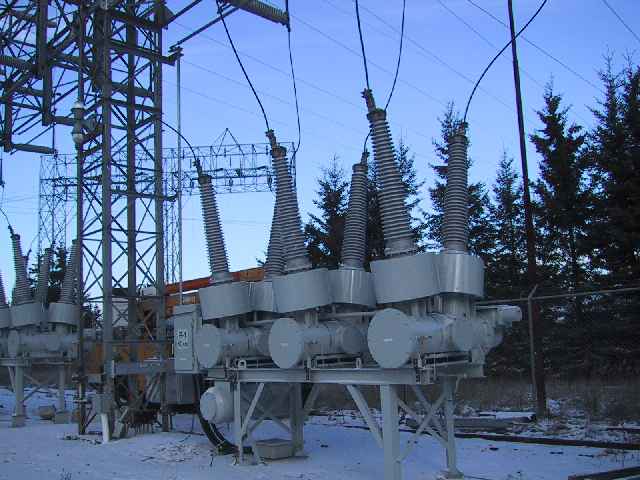
There are many parallels between the stock markets and the distributed systems in computer science. This post, in particular, is about circuit breakers prevalent in them for better resilience against irrational exuberance and upstream service errors respectively. In particular, this is about exploring breakers in stock markets from a distributed systems perspective.
Of late, the US stock market (and the non-US ones too) has been quite volatile, to say the least. CBOE VIX index (also known as the ‘fear index’) which measures implied volatility in the S&P 500 index, has traversed a wide range between highs and lows, fluctuating several points on many of the days in March and April, peaking at 82.69 on 16th March (stock market bottomed out on 23 March, both as of May 10, 2020).


